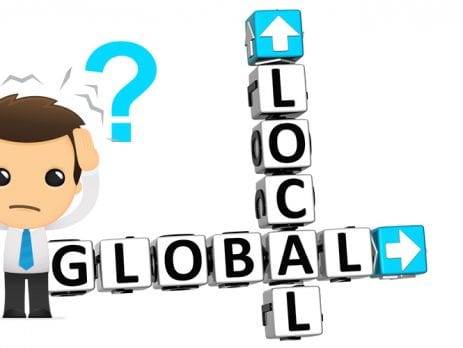Text
Do I need a local web designer?

Ok, it is great to meet your clients but is it always necessary?
For large projects the answer is probably yes, but for the average company the answer is probably no as the technology is already out there to share screens and chat online at the same time.
We are a Sussex based web design agency but have clients across the UK and loads that couldn’t be further away in Scotland, the USA and Australia.
The only difference between having a local website designer or developer is that you can go and drink their coffee and smell their garlic breath (or worse).
To keep costs down we prefer the online screen sharing approach and a natter on the phone. For sure, we do go and see clients if they want – especially the pub owning ones – but to keep our website build costs down we chat on the phone and share screens.
Our support time is so much faster than it was back in the days of slow internet connection speeds that we can be looking at what you are in less than 3 minutes.
If you would like to try it out, have a chat to us online and we’ll get you set up.
Speak to you soon……..
Read the full article
0 notes
Text
Why we use WordPress
WordPress market share stats It powers 39.7% of the internet! Between 2011 and 2019, WordPress established itself as the CMS and by the beginning of 2020, over one in three websites were using it. So who is the competition? Coming in second place on the market share league table is Shopify, powering an estimated 3% of all websites. WordPress holds a 64.1% share of the CMS market Let’s paint a clear picture of its dominance in the CMS market. It is a greater percentage than all other content management systems put together. That’s Shopify, Joomla, Wix, the lot! Over 500 new WordPress sites join the world’s top 10 million websites daily Around 500 new WordPress sites join the top 10 million most popular websites on the net every single day There are nearly 60,000 free WordPress plugins There are also thousands of third-party ones to buy or pick up for free. WooCommerce powers nearly 30% of online stores This open-source e-commerce platform began life as just another WordPress add-on back in 2008. These these days, it powers 29.4% of the web’s online stores.
2 notes
·
View notes